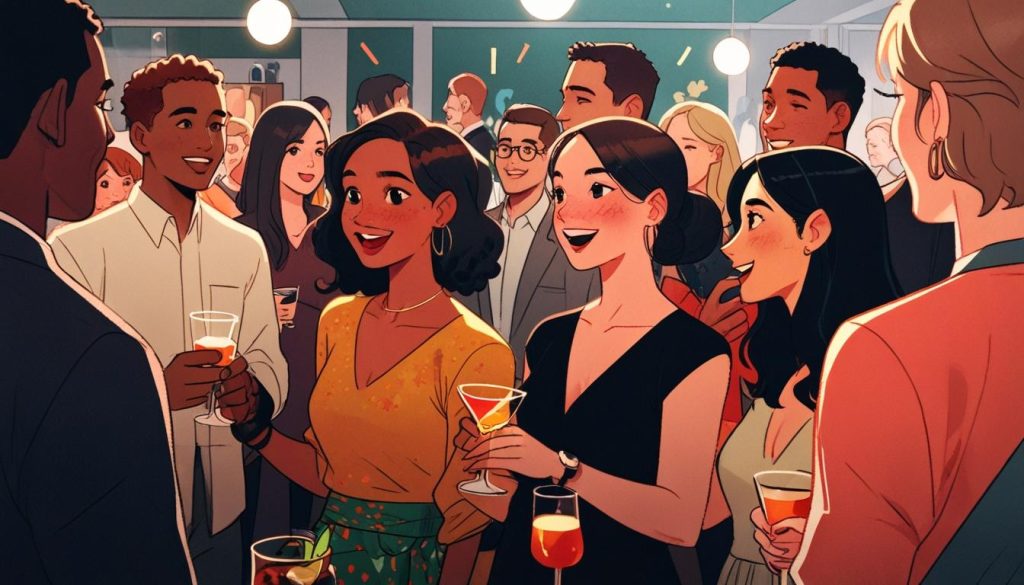The “cocktail party problem” encapsulates the challenge individuals face when attempting to focus on one voice amidst a cacophony of conversations. This common difficulty is particularly pronounced for those experiencing hearing loss. Traditional hearing aids, although equipped with directional filters aimed at enhancing speech from a particular direction, often struggle to isolate voices in dynamic social settings where multiple individuals speak in close proximity at similar volumes.
Recent advancements, including the development of the Biologically Oriented Sound Segregation Algorithm (BOSSA), seek to address these challenges by drawing inspiration from the human brain’s auditory processing capabilities. This innovative algorithm processes sound much like the brain does, utilising cues from both ears to discern the direction of sounds and filter out background noise more effectively than conventional technologies.
In tests conducted by Alexander Boyd, a doctoral student at Boston University, participants with hearing impairments donned headphones that simulated a bustling social atmosphere. The study, published in Communications Engineering, reported encouraging results: participants using BOSSA demonstrated an improved ability to follow speech from a targeted speaker while managing competing noises. Boyd likened BOSSA to a “new flashlight” with a more precisely focused beam, enabling enhanced clarity in distinguishing between speakers.
Despite these promising outcomes, BOSSA’s performance has limitations. It successfully aids concentration on speech from a fixed direction but lacks the flexibility to adapt dynamically as conversations shift within a chaotic environment. Additionally, current testing has not fully replicated real-world circumstances such as echoes and reverberations, which can further complicate sound perception in social settings.
Experts agree that while BOSSA exhibits potential advantages over more computationally intense models, including deep neural networks, it still requires refinement. Fan-Gang Zeng, a professor of otolaryngology at the University of California, noted that BOSSA remains more transparent than the complex algorithms employed by deep learning systems, making it simpler to understand and potentially more adaptable for future enhancements.
The efficacy of hearing aids often hinges on the ability to filter out unwanted noise while enhancing target speech. Current strategies commonly involve boosting the signal-to-noise ratio for sounds originating from a specified direction. However, the algorithm’s reliance on the spatial difference between sounds offers a more elegant solution; learners’ feedback indicated that BOSSA could facilitate clearer comprehension of speech, a crucial factor in environments laden with distractions.
Moreover, the ongoing exploration of integrating neuro-steered technology into hearing devices reflects a significant stride towards enhancing auditory experiences. Research examining EEG-based auditory attention decoding seeks to create devices that can adjust to the user’s focus, potentially allowing for a more personalised listening experience.
Overall, while the journey towards resolving the cocktail party problem is still unfolding, the evolution of algorithms like BOSSA signals hope for improved communication and quality of life for individuals with hearing impairments. This emerging technology promises to bridge the gap in auditory perception, moving one step closer to transforming the hearing aid landscape, reflecting not only the advancement of science but also the resilience of the human experience in social interactions.
Reference Map
Source: Noah Wire Services





